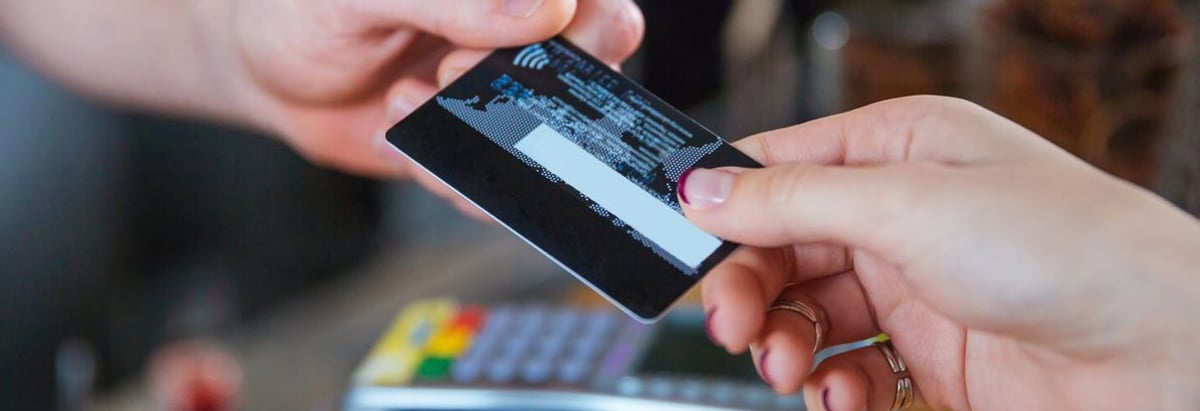
This analysis is intended to introduce important early concepts to people who are starting to invest and looking to gauge the potential return on investment in Yirendai Ltd (NYSE:YRD).
Yirendai stock represents an ownership share in the company. This share represents a portion of capital used by the company to operate the business, and it is important the company is able to use the capital base efficiently to create adequate cash flows for you as an investor. Your return is tied to YRD’s ability to do this because the amount earned is used to invest in opportunities to grow the business or payout dividends, which are the two sources of return on investment. Thus, to understand how your money can grow by investing in Yirendai, you need to look at what the company returns to owners for the use of their capital, which can be done in many ways but today we will use return on capital employed (ROCE).
See our latest analysis for Yirendai
Yirendai's Return On Capital Employed
Choosing to invest in Yirendai comes at the cost of investing in another potentially favourable company. The cost of missing out on another opportunity comes in the form of the potential long term gain you could've received, which is dependent on the gap between the return on capital you could've achieved and that of the company you invested in. Hence, capital returns are very important, and should be examined before you invest in conjunction with a certain benchmark that represents the minimum return you require to be compensated for the risk of missing out on other potentially lucrative investments. A good metric to use is return on capital employed (ROCE), which helps us gauge how much income can be created from the funds needed to operate the business. This metric will tell us if Yirendai is good at growing investor capital. YRD’s ROCE is calculated below:
ROCE Calculation for YRD
Return on Capital Employed (ROCE) = Earnings Before Tax (EBT) ÷ (Capital Employed)
Capital Employed = (Total Assets - Current Liabilities)
∴ ROCE = CN¥1.5b ÷ (CN¥8.2b - CN¥1.3b) = 23%
YRD’s 23% ROCE means that for every $100 you invest, the company creates $22.6. This makes Yirendai attractively profitable when compared to a robust 15% ROCE yardstick. So if this rate continues in to the future and is able to either provide solid dividends or reinvestment opportunities, your capital will enlarge at a quick rate over time.

Before moving forward
Yirendai's relatively strong ROCE is tied to the movement in two factors that change over time: earnings and capital requirements. At the moment Yirendai is in a favourable position, but this can change if these factors underperform. So it is important for investors to understand what is going on under the hood and look at how these variables have been behaving. Looking three years in the past, it is evident that YRD's ROCE has deteriorated from 27%, indicating the company's capital returns have declined. With this, the current earnings of CN¥1.5b improved from CN¥176m however capital employed has grown by a proportionally greater amount because of an increase in total assets , indicating that the previous growth in earnings has not been able to improve ROCE because the company now needs to employ more capital to operate the business.
Next Steps
Although Yirendai’s ROCE has decreased over the past few years, the company still remains an attractive candidate that is capable of producing solid capital returns and a potentially strong return on investment. It is important to know that ROCE does not dictate returns alone, so you need to consider other fundamentals in the business such as future prospects and valuation. It's important to account for these factors because you cannot be sure if the downward path is a signal to run, or just a blip in an otherwise solid return profile. If you're interested in diving deeper, take a look at what I've linked below for further information on these fundamentals and other potential investment opportunities.
- Future Outlook: What are well-informed industry analysts predicting for YRD’s future growth? Take a look at our free research report of analyst consensus for YRD’s outlook.
- Valuation: What is YRD worth today? Is the stock undervalued, even if its ROCE is factored into its intrinsic value? The intrinsic value infographic in our free research report helps visualize whether YRD is currently mispriced by the market.
- Other High-Performing Stocks: Are there other stocks that provide better prospects with proven track records? Explore our free list of these great stocks here.
To help readers see past the short term volatility of the financial market, we aim to bring you a long-term focused research analysis purely driven by fundamental data. Note that our analysis does not factor in the latest price-sensitive company announcements.
The author is an independent contributor and at the time of publication had no position in the stocks mentioned. For errors that warrant correction please contact the editor at editorial-team@simplywallst.com.
Simply Wall St analyst Simply Wall St and Simply Wall St have no position in any of the companies mentioned. This article is general in nature. We provide commentary based on historical data and analyst forecasts only using an unbiased methodology and our articles are not intended to be financial advice. It does not constitute a recommendation to buy or sell any stock and does not take account of your objectives, or your financial situation. We aim to bring you long-term focused analysis driven by fundamental data. Note that our analysis may not factor in the latest price-sensitive company announcements or qualitative material.
About NYSE:YRD
Yiren Digital
Provides financial services through an AI-powered platform in China.
Flawless balance sheet, good value and pays a dividend.
Similar Companies
Market Insights
Community Narratives



